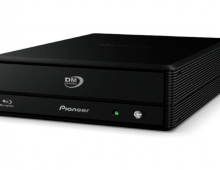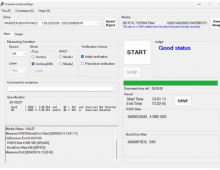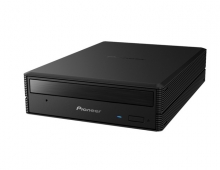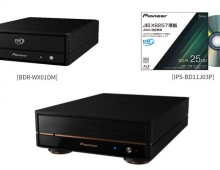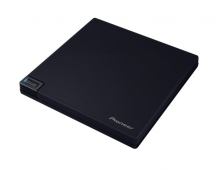DVD Technical Guide
8. Video Format
Review Pages
2. Concepts and Structure of the DVD Format
3. The Future of DVD
4. Design Concept of the Physical Specification
5. Features of the DVD Physical Specification
6. The DVD Data Format
7. Read-Only Disc File Format
8. Video Format
9. Video Format - Page 2
10. Video Format - Page 3
11. Audio Format
12. Audio Format - Page 2
13. Audio Format - Page 3
14. Audio Format - Page 4
15. Audio Format - Page 5
16. DVD-R and DVD-RW
17. DVD-R and DVD-RW - Page 2
18. DVD-R and DVD-RW - Page 3
19. DVD-R and DVD-RW - Page 4
20. DVD-RAM
21. DVD-RAM - Page 2
22. DVD-RAM - Page 3
23. DVD-RAM - Page 4
Chapter 4 Video Format
4.1 Video Format Overview
DVD-Video contains not only the actual video and audio content, but a variety of powerful information which enables features peculiar to the DVD format, such as multi-angle viewing, parental lock, random shuffle playback, etc., and also provides support for special playback modes such as fast forward and reverse. In this chapter, we will call the actual video and audio content the "presentation data," and the special extra information the "navigation data."
4.2 VMG and VTS

The DVD-Video zone contains all the files necessary for playback of DVD-Video, and is made up of one Video Manager (VMG) and multiple Video Title Sets (VTS). The VMG is composed of VMGI(Video Manager Information), VMGM_VOBS (Video Object Set for VMG Menu), and the backup VMGI(BUP).
The VMGI consists of control information for the entire DVD-Video zone, and comprises a single file named VIDEO_TS.IFO.
The VMGM_VOBS contains the content necessary for the title selection menu, and comprises a single file named VIDEO_TS.VOB.
The VMGI(BUP) is a complete copy of the VMGI, and comprises a single file named VIDEO_TS.BUP.
VMGM_VOB may or may not exist, but the other two types of information are required.
Each VTS is composed of VTSI (Video Title Set Information), VTSM_VOBS (Video Object Set for the VTS Menu), VTSTT_VOBS (Video Object Set for Titles in a VTS), and the backup VTSI(BUP). The VTSI is control information for the VTS, and comprises a single file named VTS_##_0.IFO. The VTSM_VOBS contains the content for all types of menus within the VTS, and comprises a single file named VTS_##_0.VOB.
The VTSTT_VOBS contains the content needed for title playback, and comprises multiple files, named VTS_##_@.VOB.
The VTSI(BUP) is a complete copy of the VTSI, and comprises a single file named VTS_##_0.BUP.
VTSM_VOBS may or may not exist, but the other three types of information are required. In the file names above, ## represents a two-digit number between 01 and 99, and @ represents a single-digit number between 1 and 9.
Review Pages
2. Concepts and Structure of the DVD Format
3. The Future of DVD
4. Design Concept of the Physical Specification
5. Features of the DVD Physical Specification
6. The DVD Data Format
7. Read-Only Disc File Format
8. Video Format
9. Video Format - Page 2
10. Video Format - Page 3
11. Audio Format
12. Audio Format - Page 2
13. Audio Format - Page 3
14. Audio Format - Page 4
15. Audio Format - Page 5
16. DVD-R and DVD-RW
17. DVD-R and DVD-RW - Page 2
18. DVD-R and DVD-RW - Page 3
19. DVD-R and DVD-RW - Page 4
20. DVD-RAM
21. DVD-RAM - Page 2
22. DVD-RAM - Page 3
23. DVD-RAM - Page 4

